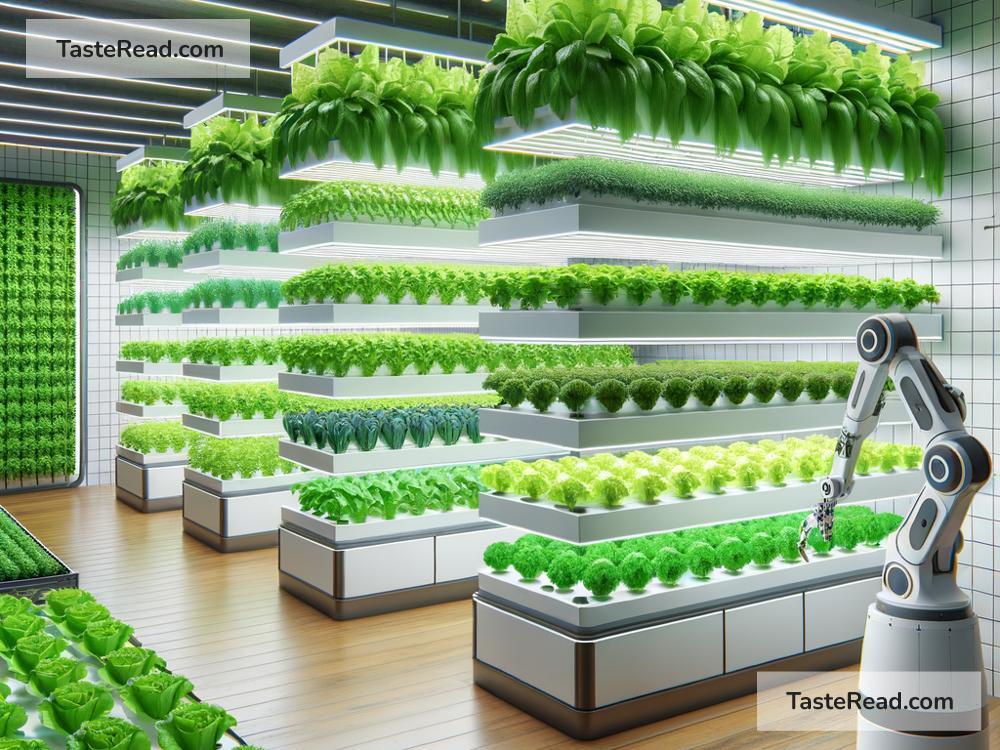The Future of Food and Transformative Global Solutions
Food is a central part of our lives, connecting people, cultures, and the planet. With the world’s population expected to surpass 9 billion by 2050, ensuring everyone has access to safe, nutritious, and sustainable food is one of humanity’s biggest challenges. The future of food is about more than just producing enough; it’s about transforming how we grow, distribute, and consume food—so we can protect the planet and improve health for generations to come.
Rising Challenges in Food Systems
Today’s way of producing and consuming food faces many problems. Around one-third of food grown globally is lost or wasted, while millions of people still go hungry. At the same time, agriculture is responsible for roughly a quarter of greenhouse gas emissions, contributing to climate change. Traditional farming methods also use large amounts of water and can degrade the soil over time.
Urbanization, changing diets, and the growing demand for meat are adding pressure to food systems. Climate challenges, like droughts, extreme weather, and warming temperatures, threaten crops and livestock. If we don’t find better ways to produce and manage food, the impacts could be severe—including widespread food shortages and even worse environmental damage.
The good news? People around the world are working on big ideas and transformative solutions to create a more sustainable future for food. Technology, innovation, and global cooperation are unlocking possibilities that were unimaginable decades ago.
Innovations Revolutionizing Food Production
New technology is reshaping agriculture and food production. Farmers are adopting precision agriculture, which uses advanced tools like drones, satellites, and sensors to gather detailed data. This helps them use resources like water and fertilizer more efficiently, reduce waste, and grow crops in healthier, more sustainable ways.
Vertical farming is another exciting development. This technique allows crops to grow in stacked layers indoors, using artificial lights and controlled environments. Vertical farms use far less water and land than traditional farming. Because these farms can be built in cities, they reduce the need for transportation and offer fresher produce closer to urban centers.
Automation and robotics are also playing a growing role. Autonomous tractors and harvesting robots are helping farms become more productive while reducing labor costs. At the same time, scientists are exploring ways to improve crops themselves. Genetic editing tools like CRISPR enable researchers to develop plants that are resistant to pests, diseases, and extreme weather conditions—making them more reliable in a warming world.
Alternative Proteins and the Movement Beyond Meat
One of the largest contributors to climate change is the meat industry. Producing meat requires huge amounts of land, water, and energy, and livestock farming generates methane, a powerful greenhouse gas. This is why many experts believe the future will rely less on traditional meat and more on alternative protein sources.
Lab-grown meat, also called cultivated meat, is emerging as a promising solution. Scientists grow it by culturing animal cells in laboratories, avoiding the need to raise and slaughter animals. Lab-grown meat isn’t widely available yet, but its potential to reduce animal agriculture’s environmental footprint is enormous.
Plant-based proteins, like those made from peas, soy, and mushrooms, are already becoming popular. Companies like Beyond Meat and Impossible Foods are creating plant-based burgers and other products that look and taste similar to meat. These alternatives provide sustainable options for people who want to reduce their meat consumption without giving up the flavors they love.
Insects may also play a key role in future diets. Though eating bugs may sound unusual, they’re highly nutritious and require far less land, water, and feed than conventional livestock. In some cultures, insects are already a common food source, and they could become a broader solution to addressing protein needs globally.
Fighting Food Waste
Reducing food waste is one of the simplest—and most impactful—ways to transform food systems. When food is thrown away, it’s not just the food itself that’s wasted, but also the water, energy, and labor used to produce it. Technologies like better refrigeration, smarter packaging, and food-tracking apps can help minimize waste.
At the same time, companies and governments are finding ways to rescue edible food before it’s discarded. Food banks and donation programs are expanding to ensure surplus food reaches people in need rather than ending up in landfills. Education campaigns are also teaching consumers how to better store and use food to avoid waste.
Empowering Local and Global Action
Individuals, communities, companies, and governments all have a role to play in shaping the future of food. Farmers need support to adopt sustainable practices. Governments must create policies to encourage innovation and provide equitable access to resources. Businesses and consumers can make choices that align with sustainability goals, whether it’s purchasing eco-friendly products or wasting less at home.
Global cooperation will be key. Organizations including the United Nations are working across borders to address hunger, promote responsible farming, and curb climate change. Solutions to fix food systems must be shared, adapted, and scaled up worldwide.
Imagine a Better Future
The future of food doesn’t have to be bleak. By embracing change and innovation, humanity has the power to feed the growing world sustainably. Imagine a future where farms produce nutrient-rich crops without harming the soil, where cities grow their own fresh food indoors, and where families waste less and eat smarter.
Progress won’t happen overnight, but the seeds of change are being planted now. Through technological advancements, creative solutions, and a shared commitment to sustainability, we can build a food system that works for people and planet alike. It’s time to invest in the future of food—because the health of tomorrow depends on the choices we make today.


